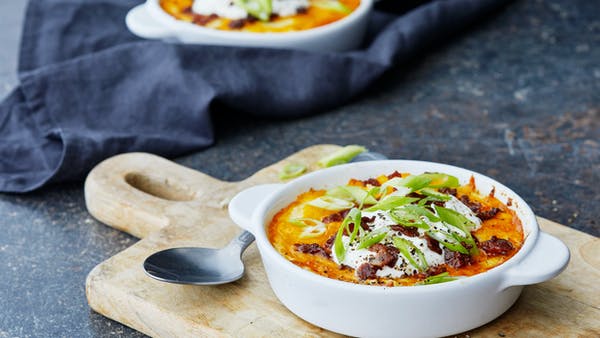But how about this one?
Crisp-loving Norfolk parrot flies again after diet!
Amazon green parrot Bud was 620g (1.4lbs) on arrival at the RSPCA's Mid Norfolk and North Suffolk branch.
Her new owner had to ban the savoury snacks from the house, claiming Bud could "detect a packet of crisps being opened from four miles away".
Nearly a year on, Chloe Shorten said the 22-year-old bird is "loving life and can fly again".
At more than 200g (7oz) heavier than she should have been, Bud was "extremely overweight", said Ms Shorten, who works at the branch.
The bird had arrived at the RSPCA a few days before lockdown hit last March after becoming "too much for her owners" and Ms Shorten and her husband decided to give her a permanent home with them in Norfolk.
"Parrots are incredibly intelligent birds and need quite specialist care - and we certainly had our hands full when she arrived," she said.
"While it's tricky to tell from looking when a parrot is overweight you could tell when she tried to fly, she would literally drop to the floor.
"She has the hearing of a bat and can detect a packet of crisps being opened from four miles away so it's no surprise she was overweight."
After the potato snack was banned, Bud's weight soon came down.
"Thankfully, she quickly lost the weight and she's now much happier as a result," Ms Shorten said.
"She's loving life and can fly again, it's great to see her soaring around the house."
Ms Shorten said parrots were "a lot of work" and it was "important that people do their research before taking one on".
"They are, however, great fun and incredibly rewarding," she said.
"We feel very lucky that we can give her a forever home and we'll hopefully have many more years with her and her hilarious antics."
Owner Chloe Shorten said Bud was "really chatty", loves to laugh and sing, and is especially fond of doing a rendition of the Addams Family theme tune and appearing on video calls.
Story from here
What to feed parrots
The best foods for your pet parrot to eat are fresh vegetables, fruit and pellets or seeds. In the wild, parrot's diet can vary considerably and they like to eat fruit and fruit seeds, nuts, flowers, and corn where they can find it. Your domesticated parrot is no different, with her diet needing to be varied.Read more here
I'm pleased to see that Bud enjoys eating cauliflower, us humans enjoy it to! Looking for cauliflower recipe suggestions? Find some here and here
All the best Jan



































